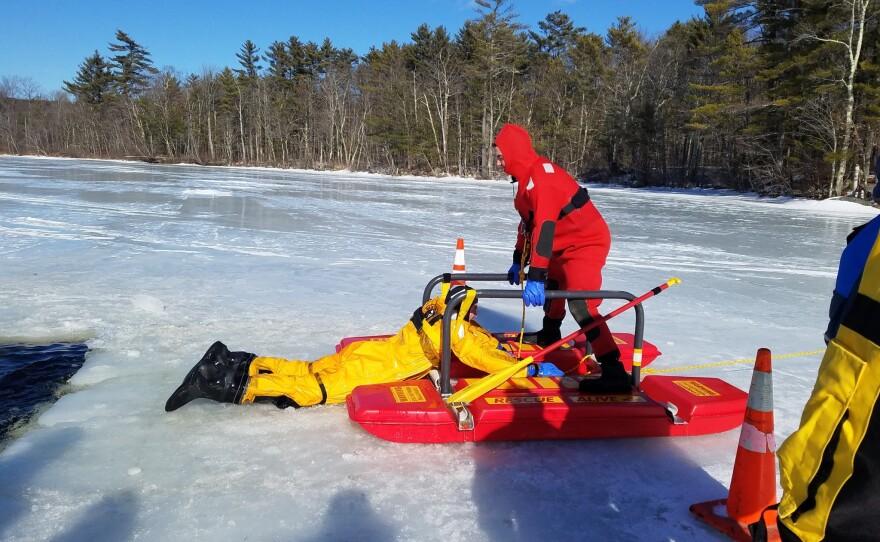Minnesota regulators announced on Thursday they’re monitoring the cleanup efforts by Xcel Energy following a leak of 400,000 gallons of radioactive water from the utility’s Monticello nuclear power plant last fall. The company said there’s no danger to the public.
The leak at the Xcel Energy plant in Monticello was not revealed to the public until now because it “poses no health and safety risk to the local community or the environment,” according to the Minneapolis-based utility company.
“While this leak does not pose a risk to the public or the environment, we take this very seriously and are working to safely address the situation.”
Xcel Energy said in a press release that the company “took swift action to contain the leak to the plant site.” It has not been detected beyond the facility or in local drinking water.
The energy company said that the safety conclusions were made following ongoing monitoring of more than two dozen on-site monitoring wells.
“We continue to gather and treat all potentially affected water while regularly monitoring nearby groundwater sources,” Clark said.
Public Transparency
While Xcel reported the leak of water containing tritium to state and federal authorities and the Nuclear Regulatory Commission (NRC) last fall, state officials said they waited to get more information before going public with it.The four-month delay in notifying the leak to the public raised questions about public safety and transparency. However, industry experts on Friday said there was never a public health threat as the radioactive water never reached a threshold that would have required public notification.
“This is something that we struggle with because there is such concern with anything that is nuclear,” said Victoria Mitlyng, a spokesperson with the Nuclear Regulatory Commission. “The concern is very, very understandable. That is why I want to make extra clear the fact that the public in Minnesota, the people, the community near the plant, was not and is not in danger.”
Minnesota Pollution Control Agency spokesman Michael Rafferty said Thursday that officials knew that one of the plant’s monitoring wells contained tritium in November, but “Xcel had not yet identified the source of the leak and its location.”
“Now that we have all the information about where the leak occurred, how much was released into groundwater, and that contaminated groundwater had not moved beyond the original location, we are sharing this information,” he said, adding the water remains contained on Xcel’s property and poses no immediate public health risk.
When asked why Xcel Energy didn’t notify the public earlier, the company said: “We understand the importance of quickly informing the communities we serve if a situation poses an immediate threat to health and safety. In this case, there was no such threat.” The company said it focused on investigating the situation, containing the affected water, and determining the next steps.
State agencies are monitoring Xcel Energy’s cleanup operations, which have reportedly recovered about 25 percent of the spilled tritium. The cleanup will continue throughout the year.
The Minnesota Department of Health says government officials and Xcel are working on a permanent solution to manage the contaminated water.
Leak Discovery
Xcel discovered the leak on Nov. 21 from a pipe between two buildings at its Monticello plant.The company said it notified the federal Nuclear Regulatory Commission and the state on Nov. 22 after it confirmed the leak. Since then, it has been pumping groundwater and storing and processing the contaminated water, which contains tritium levels below federal thresholds.
The Monticello plant is about 35 miles northwest of Minneapolis, upstream from the city on the Mississippi River.
Tritium is a radioactive isotope of hydrogen that occurs naturally in the environment and is a common by-product of nuclear plant operations. According to the NRC, it emits a weak form of beta radiation that does not travel very far and cannot penetrate human skin. The NRC says a person who drank water from a spill would get only a low dose.
The NRC says tritium spills happen from time to time at nuclear plants. Still, it has repeatedly determined that they’ve either remained limited to the plant property or involved such low offsite levels that they didn’t affect public health or safety.
Xcel reported a small tritium leak at Monticello in 2009.




